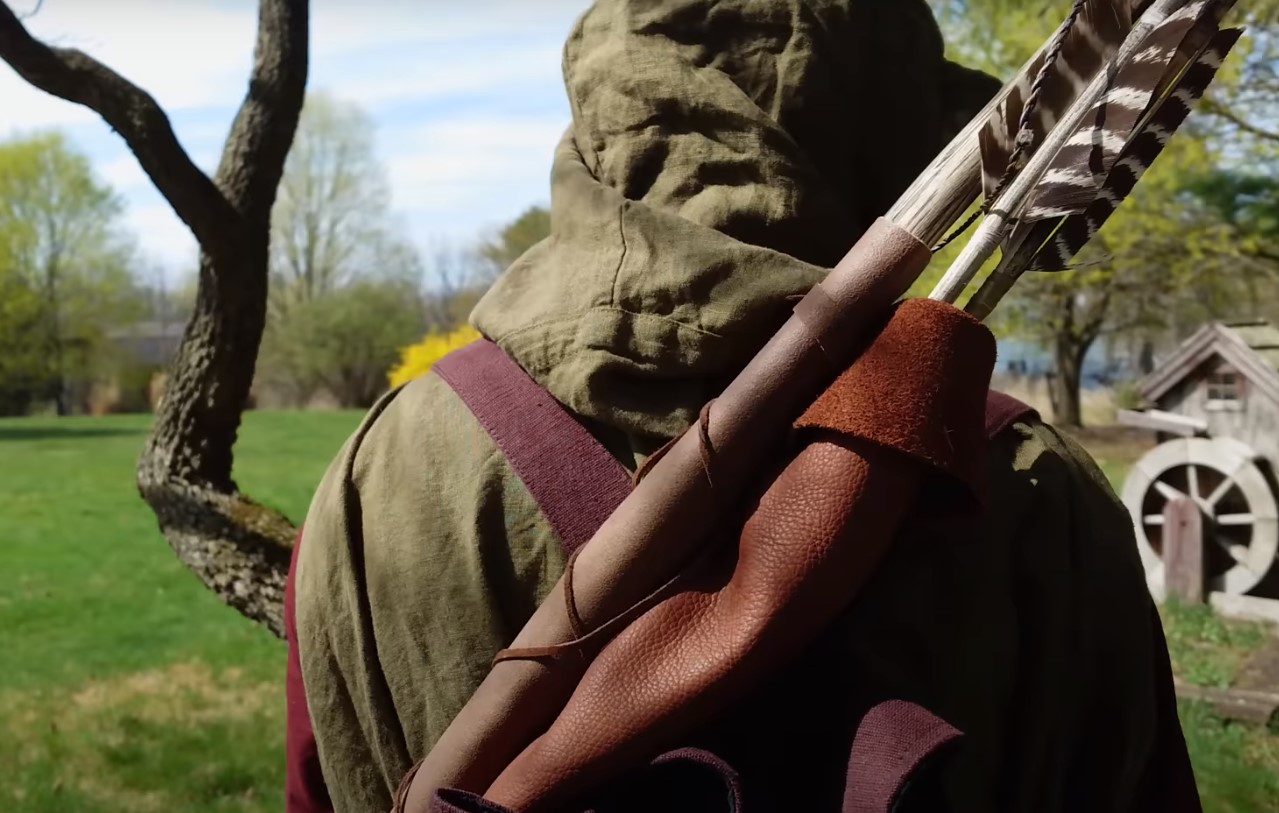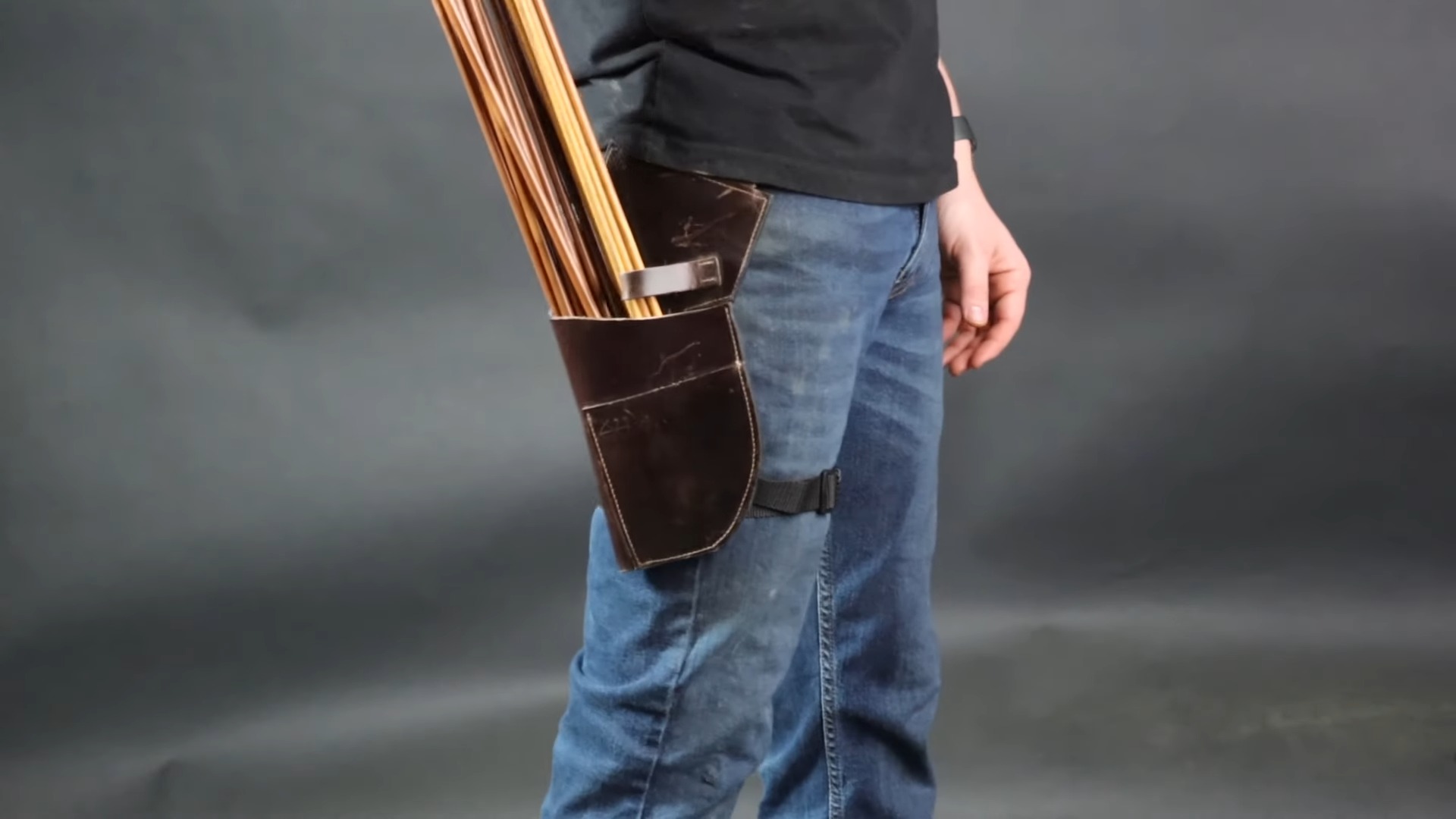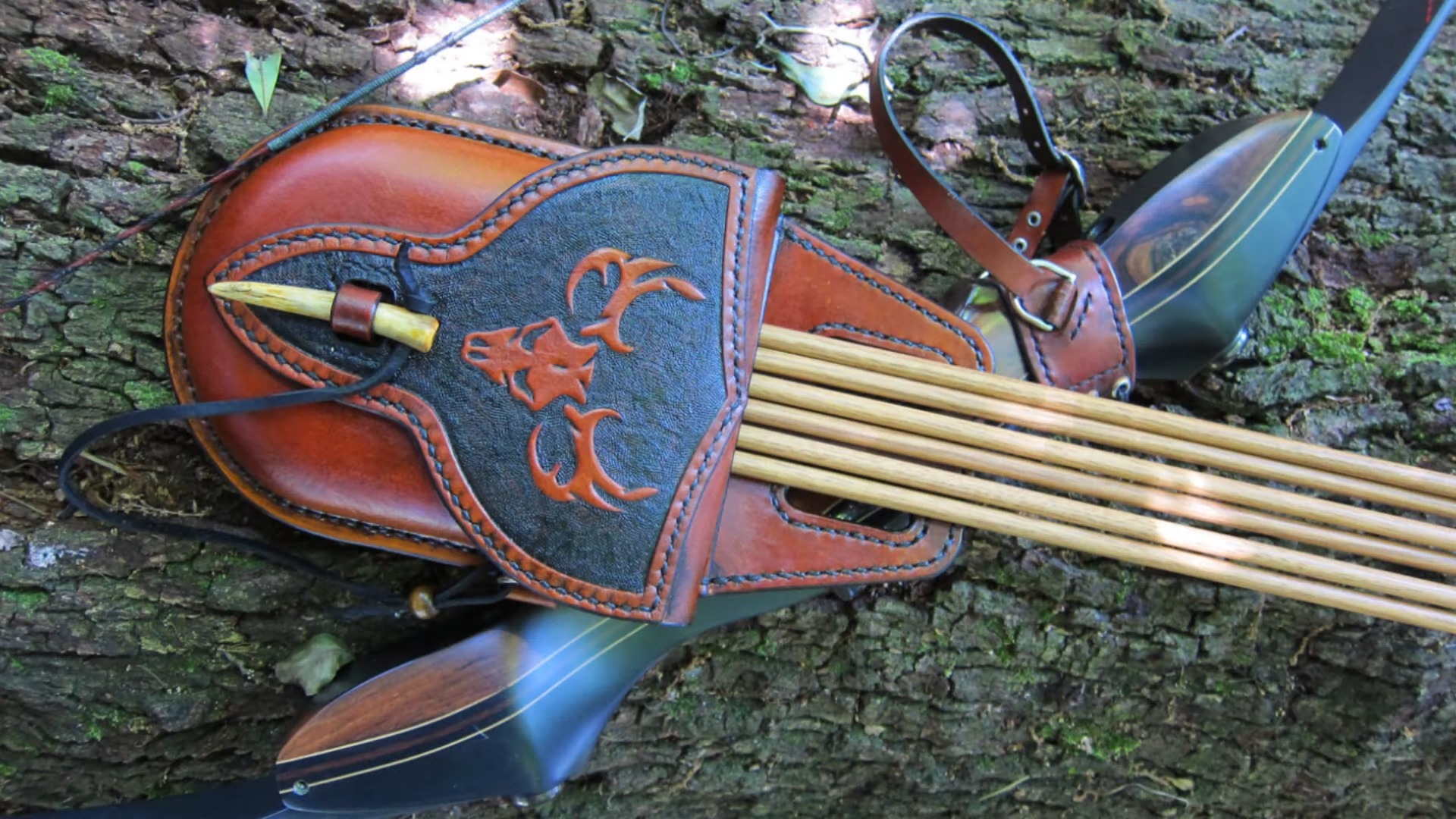As someone who has spent years instructing archers and evaluating archery equipment, I can attest that the quiver isn’t just a container for arrows; it’s a tool that can significantly impact your performance, strategy, and even safety.
It doesn’t matter if you’re involved in recreational shooting or hunting; your choice of quiver will play a defining role in how efficiently you can manage your arrows and, by extension, your performance and experience in archery.
In this guide, I’ll talk about the selection of the perfect quiver, talk about its history, and even explore how it’s represented in popular culture. Let’s begin without further delay!
First Things First

The quiver is an essential component in an archer’s arsenal, yet its role is often overshadowed by the bow and arrow. It’s much more than a mere container for arrows; it’s an element of strategy, style, and tradition.
Types
The world of archery offers a plethora of quiver styles designed to meet specific needs and preferences. Some are designed for quick access, while others are made to preserve the integrity of the arrows. We’ll discuss three primary types you can opt for.
Back Variation
Back quivers are worn across the back and are perhaps the most iconic, thanks in part to Hollywood’s portrayal of legendary archers. These offer ample storage space, holding up to two dozen arrows easily. This is an advantage for archers who expect prolonged periods of shooting, such as in hunting expeditions or archery competitions.
On the flip side, the back quiver’s design can make it challenging to pull arrows out swiftly and quietly, possibly alerting prey during a hunt. There are modern iterations that come with angled compartments to address this issue.
Belt Variation
Often worn on the hip, belt quivers are about easy access and quick retrieval. These quivers usually have less carrying capacity compared to back quivers but offer a more streamlined profile. They are favored in archery sports where speed is of the essence, such as 3D archery and field archery. Moreover, belt quivers are easier to manage in situations where mobility is restricted, such as in wooded or rocky terrains.
Bow Quivers
These are directly attached to the bow and are the most convenient for quick access to arrows. The advantage here is the reduction in the archer’s load since the quiver is not carried on the body. This makes it ideal for target shooting.
However, the bow quiver adds weight to the bow, affecting its balance. Therefore, this variation is not universally suitable and might not be the best option for those who prioritize the bow’s balance and weight.
Choosing the Right One
Selecting the right quiver involves a blend of functionality, personal preference, and the specific demands of your archery activities. Below are some crucial factors you should consider.
Material
Leather and synthetic materials are the most commonly used in quiver construction. Leather is traditional, durable, and often more aesthetically pleasing. However, it can be heavy and may require more maintenance to keep it in top shape.
Synthetic materials like nylon are lightweight and water-resistant, making them ideal for harsh weather conditions.
Arrow Capacity
The number of arrows a quiver can hold is an essential factor to consider. If you’re into competitive archery, a quiver with space for 12 to 15 arrows should suffice. On the other hand, for hunting expeditions, you might require one that can hold upwards of 20 arrows.
Accessibility and Comfort
How easily and quickly you can access your arrows can make a significant difference, especially in high-pressure situations. Back quivers may offer more space but can be unwieldy when you’re trying to move swiftly.
Belt and bow variations offer better accessibility but come with their own sets of pros and cons. Your comfort is also crucial; padded straps, adjustable belts, and ergonomic designs can add to the quiver’s overall usability.
The History and Symbolism

Quivers have been an integral part of archery across different cultures and time periods. They’re not just practical tools but are imbued with cultural significance and symbolism.
Historical Context
Quivers have existed almost as long as bows and arrows, dating back to prehistoric times. Early variations were simple, often crudely fashioned from available materials like bark or animal hide.
As societies evolved, so did the complexity and craftsmanship of quivers. For example, the Ottoman Empire was known for its elaborately decorated quivers, which were as much a status symbol as they were functional equipment.
Symbolism
In many cultures, the quiver holds symbolic meanings that go beyond its practical usage. In Greek mythology, the god Apollo, who was associated with archery, was often depicted with a quiver.
The symbolism extends to various cultural idioms and sayings. In English, for example, having “another arrow in your quiver” means having another skill or resource that you can employ.
Advanced Features and Customizations

Once you’ve gotten the basics down, you might be interested in quivers that offer advanced features and customization options to suit your archery style.
Built-in Compartments
Modern variations often come with added compartments designed for more than just arrows. Many models feature pockets for small but essential items like string wax, broadheads, or even a compact first-aid kit.
These compartments can be a boon for archers who like to be prepared for any eventuality, particularly during long hunting trips. However, extra pockets can contribute to additional weight, so it’s essential to balance your needs carefully.
Adjustable Straps and Orientation
The latest designs offer more than just a one-size-fits-all approach. Adjustable straps can be crucial for an archer who is continually on the move. They allow for quick changes in the quiver’s position, making it adaptable to various shooting situations.
Some advanced models even allow archers to switch between left and right-hand orientations easily, a feature especially beneficial for ambidextrous archers.
Maintenance and Upkeep

A quiver is an investment, and like all investments, it requires regular maintenance to ensure longevity and optimal performance.
Cleaning and Storage
Regular cleaning is essential, more so if your quiver is made of natural materials like leather. Leather quivers, while robust and durable, are susceptible to environmental conditions such as humidity.
A damp environment can cause mold and mildew to form. On the other hand, synthetic materials are generally easier to clean and are more resistant to environmental wear and tear.
Repairs
Quivers can and do undergo considerable stress, especially during active use. Straps might loosen, stitches may come undone, and compartments could tear. Knowing basic repair skills can save you both time and money.
Some archers even prefer to sew in additional compartments or padding, customizing their quivers to suit their specific needs.
FAQs
Are there any quivers designed for crossbows?
Yes, there are specialized ones made for crossbows, known as crossbow quivers. Unlike traditional bow quivers, these are designed to accommodate the shorter bolts used in crossbows.
They typically attach to the underside of the crossbow and are engineered for quick and easy access, allowing for rapid reloading.
Can I make my own DIY quiver?
Absolutely, many archers opt to make their own as a personalized project. Materials can range from PVC pipes for a basic design to leather and canvas for a more traditional feel.
However, be prepared to invest time in design and testing, as an inefficient quiver can hamper your archery experience.
Are there gender-specific quivers?
Generally, they are unisex and designed to be functional for all archers. However, some manufacturers offer variations with adjustable straps and ergonomic designs that can be better suited to different body types.
There are also youth-specific types for younger archers. Still, gender-specificity is usually not a primary concern in design.
How can I prevent my arrows from rattling in the quiver?
Rattling can be a significant issue, especially for hunters who require stealth. Some high-end quivers come with rubberized interiors or foam inserts to prevent noise.
If your quiver doesn’t have these features, you can improvise by using foam, cloth, or even rubber bands to secure the arrows more tightly and minimize rattling.
Do I need a different quiver for broadheads?
Broadheads, because of their wide, sharp blades, require special considerations. Some quivers come with broadhead-friendly designs featuring separate compartments or foam inserts to keep the broadheads secure and the archer safe.
If you frequently switch between field points and broadheads, you might want to consider a quiver that can safely accommodate both.
Can I use the same quiver for both recurve and compound bows?
While many quivers are versatile enough to be used with different types of bows, some are designed with specific bows in mind. For example, a bow quiver designed for a compound bow might not fit or balance well on a recurve bow. It’s always best to check the manufacturer’s recommendations or consult with an expert to ensure compatibility.
Final Words
Choosing a quiver is not a decision to be taken lightly. It impacts your performance, comfort, and even safety. Whether you opt for a back, belt, or bow type, understanding the nuances of each type, considering the material, and being mindful of your specific needs will go a long way in enhancing your archery experience.
So next time you find yourself in the archery aisle, give that quiver the attention it rightfully deserves.
I’m Matt, and I’ve been with GearDesciple for about five years after my brother Jared roped me in. I wasn’t always into the outdoors, but a few reluctant hikes turned into a real passion. Now, I help test and review gear with a focus on honest, experience-based advice. As someone who came to outdoor life later on, I’m especially driven to help newcomers find their footing.